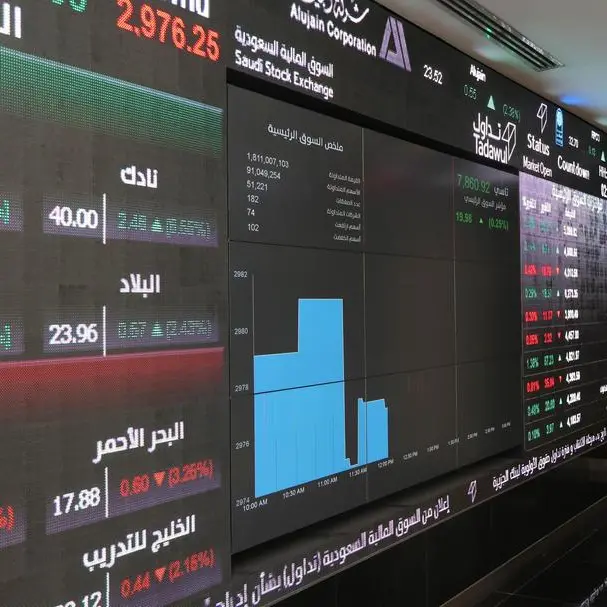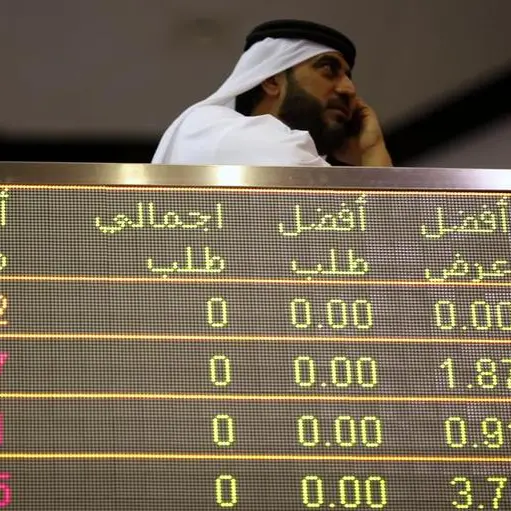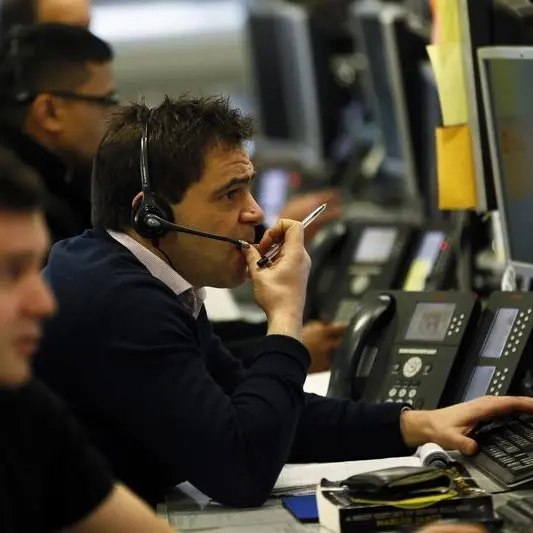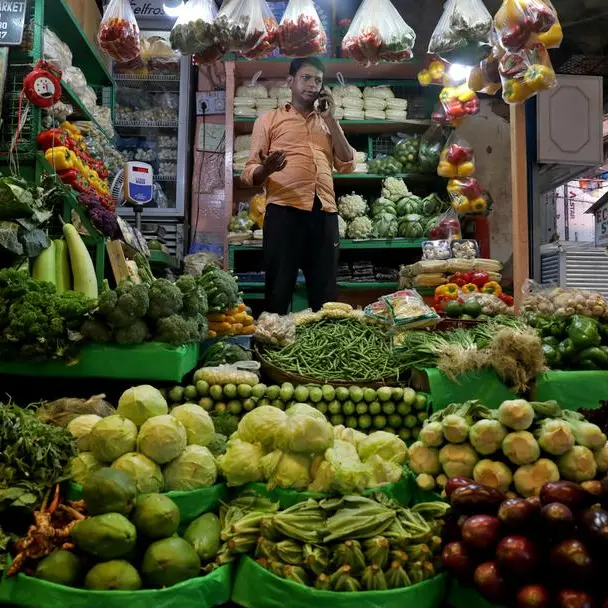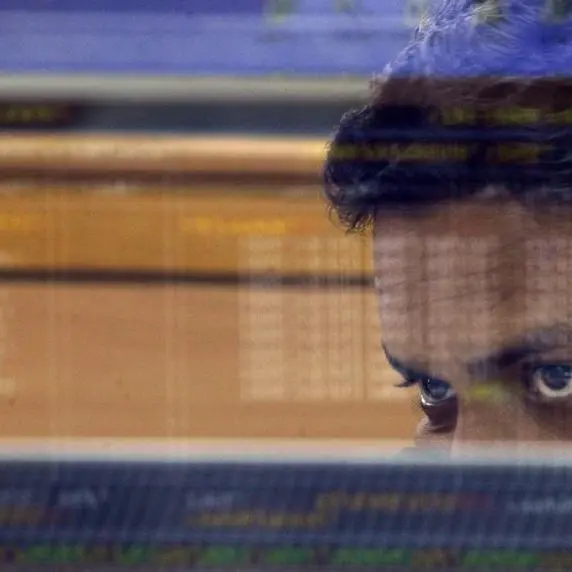Capital markets need to get involved in investing in green projects to meet the region’s renewable energy targets, according to a UAE banking head.
Frank Beckers, head of project finance and advisory, First Abu Dhabi Bank, told delegates at the World Green Economy Summit in Dubai on Wednesday that while the region was leading the way in pioneering renewable energy projects, current targets were so high, financing them could not be left just to the banking sector.
“If you look at targets set for the region, they are so high, that in the long term we will need additional liquidity sources to come to the table,” said Beckers.
“The biggest sources are from capital markets, which will need in the future to meet 2050 targets, because there is too much for the banking industry to do,” he said during a debate on the finance sector's role in the green economy.
Beckers added: “If you look at projects in the region, they are in the hundreds of millions of dollars scale, which makes them very well suited to a bond structure.”
He said the use of investment instruments needed to be tailored depending on scale.
For example, in Germany, there had been government loan interest subsidies for small-scale sustainable projects such as rooftop solar - something which could be imitated in the UAE to finance small-scale projects that might otherwise struggle to access funds.
James Grabert, director of sustainable development mechanisms at the United Nations Framework Convention on Climate Change, agreed, saying there needs to be a “massive scale-up” in terms of the level of investment needed to meet the requirements of the Paris Agreement, and what governments and societies are demanding in terms of moving towards sustainability.
Speaking in a keynote address prior to the panel, Hajir Naghdy, senior managing director, Macquarie Group, head of Macquarie Capital, Asia, the Middle East and Australia said there will need to be a different approach to investor confidence when it comes to green initiatives in the future.
He said: “We are looking at a world where, in five to 10 years, a lot of the renewable energy sector will operate without a subsidy. It will not be great news for everyone in investment, but it will be good news for governments.”
Five years ago, in the wake of the financial crisis, green projects had struggled to attract finance, he said, with equity retreating to so-called safer options, but that there was a different story today.
“The liquidity gap has been filled in terms of green technologies such as offshore wind farms and waste for energy,” he said. “The project backlog has been cleared.”
He added that $81 billion worth of green bonds were issued in 2016, compared with $2 billion in 2012.
“Costs have fallen so dramatically that the industry constantly finds itself ahead of the benchmarks predicted by industry pundits, making [the cost of renewable energy] lower than conventional power in some market,” he said.
© ZAWYA 2017
Frank Beckers, head of project finance and advisory, First Abu Dhabi Bank, told delegates at the World Green Economy Summit in Dubai on Wednesday that while the region was leading the way in pioneering renewable energy projects, current targets were so high, financing them could not be left just to the banking sector.
“If you look at targets set for the region, they are so high, that in the long term we will need additional liquidity sources to come to the table,” said Beckers.
“The biggest sources are from capital markets, which will need in the future to meet 2050 targets, because there is too much for the banking industry to do,” he said during a debate on the finance sector's role in the green economy.
Beckers added: “If you look at projects in the region, they are in the hundreds of millions of dollars scale, which makes them very well suited to a bond structure.”
He said the use of investment instruments needed to be tailored depending on scale.
For example, in Germany, there had been government loan interest subsidies for small-scale sustainable projects such as rooftop solar - something which could be imitated in the UAE to finance small-scale projects that might otherwise struggle to access funds.
James Grabert, director of sustainable development mechanisms at the United Nations Framework Convention on Climate Change, agreed, saying there needs to be a “massive scale-up” in terms of the level of investment needed to meet the requirements of the Paris Agreement, and what governments and societies are demanding in terms of moving towards sustainability.
Speaking in a keynote address prior to the panel, Hajir Naghdy, senior managing director, Macquarie Group, head of Macquarie Capital, Asia, the Middle East and Australia said there will need to be a different approach to investor confidence when it comes to green initiatives in the future.
He said: “We are looking at a world where, in five to 10 years, a lot of the renewable energy sector will operate without a subsidy. It will not be great news for everyone in investment, but it will be good news for governments.”
Five years ago, in the wake of the financial crisis, green projects had struggled to attract finance, he said, with equity retreating to so-called safer options, but that there was a different story today.
“The liquidity gap has been filled in terms of green technologies such as offshore wind farms and waste for energy,” he said. “The project backlog has been cleared.”
He added that $81 billion worth of green bonds were issued in 2016, compared with $2 billion in 2012.
“Costs have fallen so dramatically that the industry constantly finds itself ahead of the benchmarks predicted by industry pundits, making [the cost of renewable energy] lower than conventional power in some market,” he said.
© ZAWYA 2017

